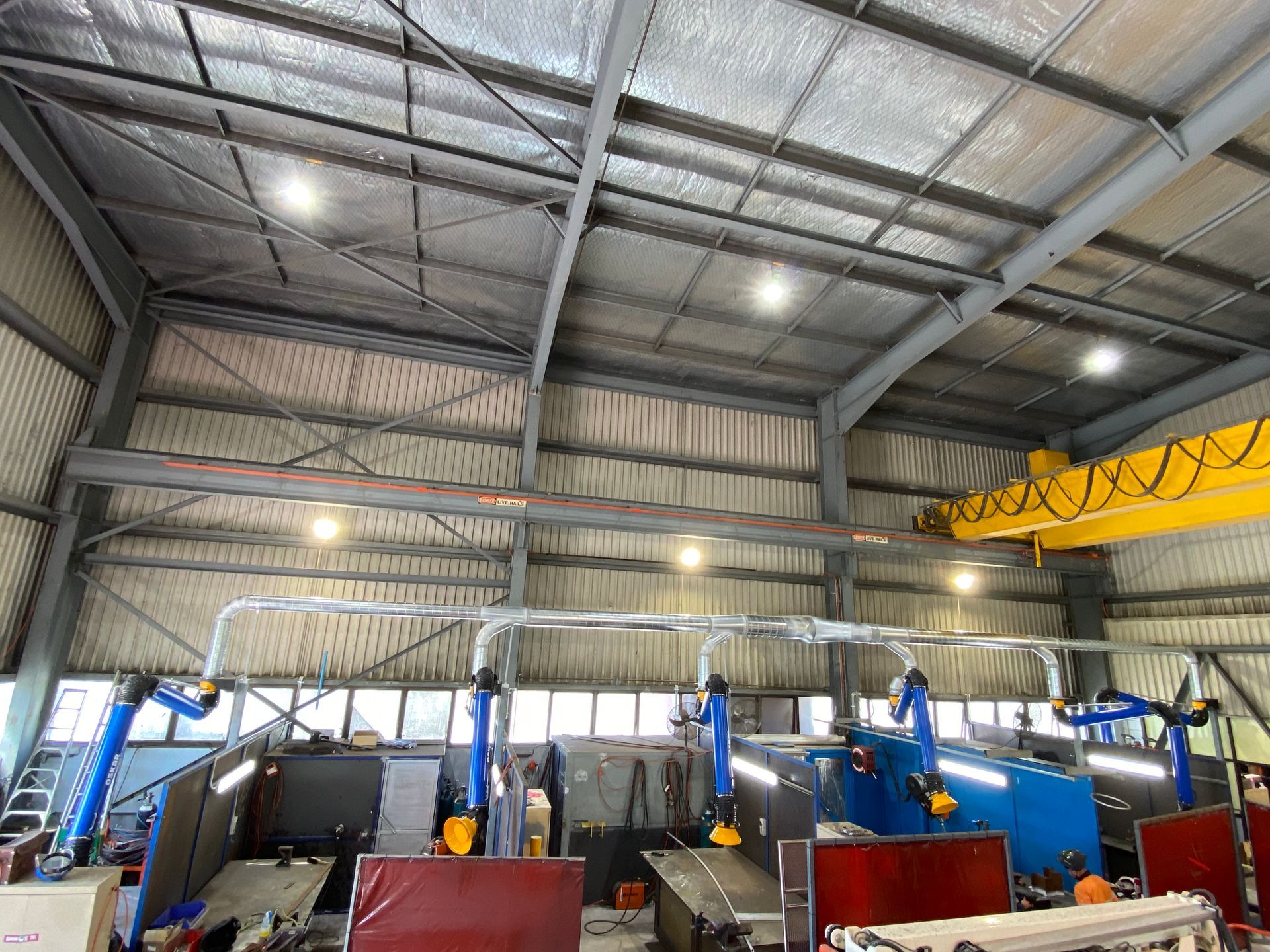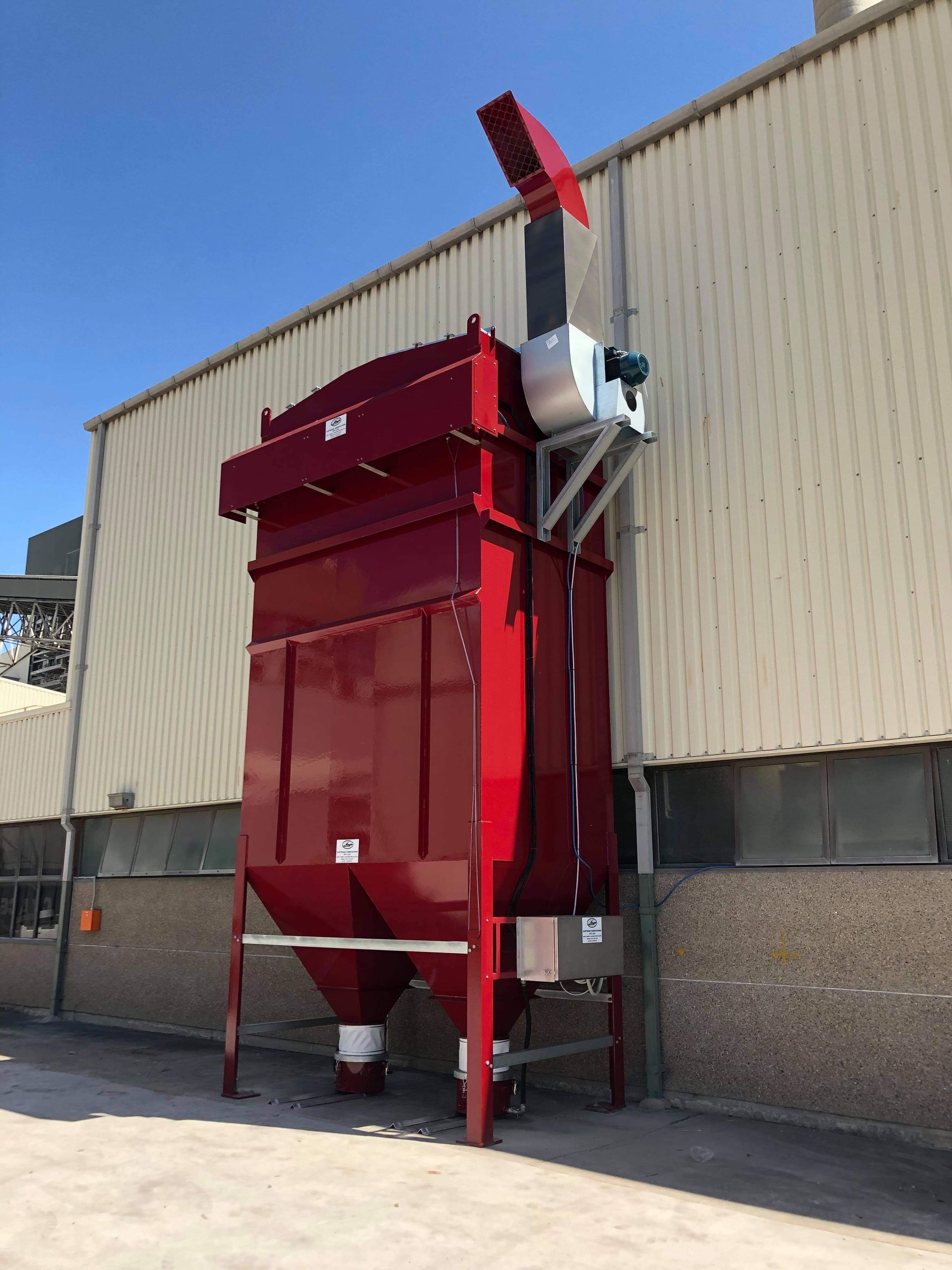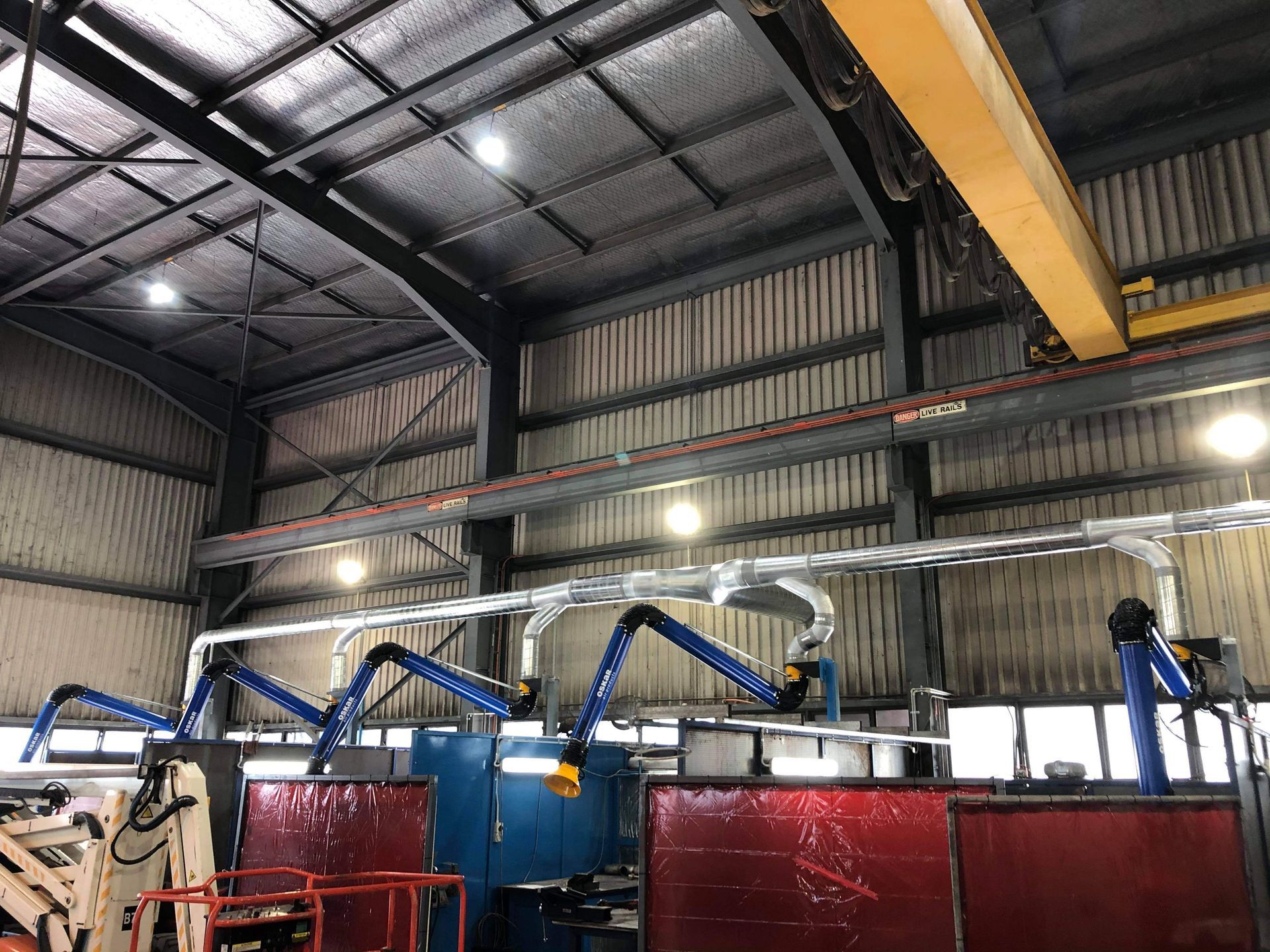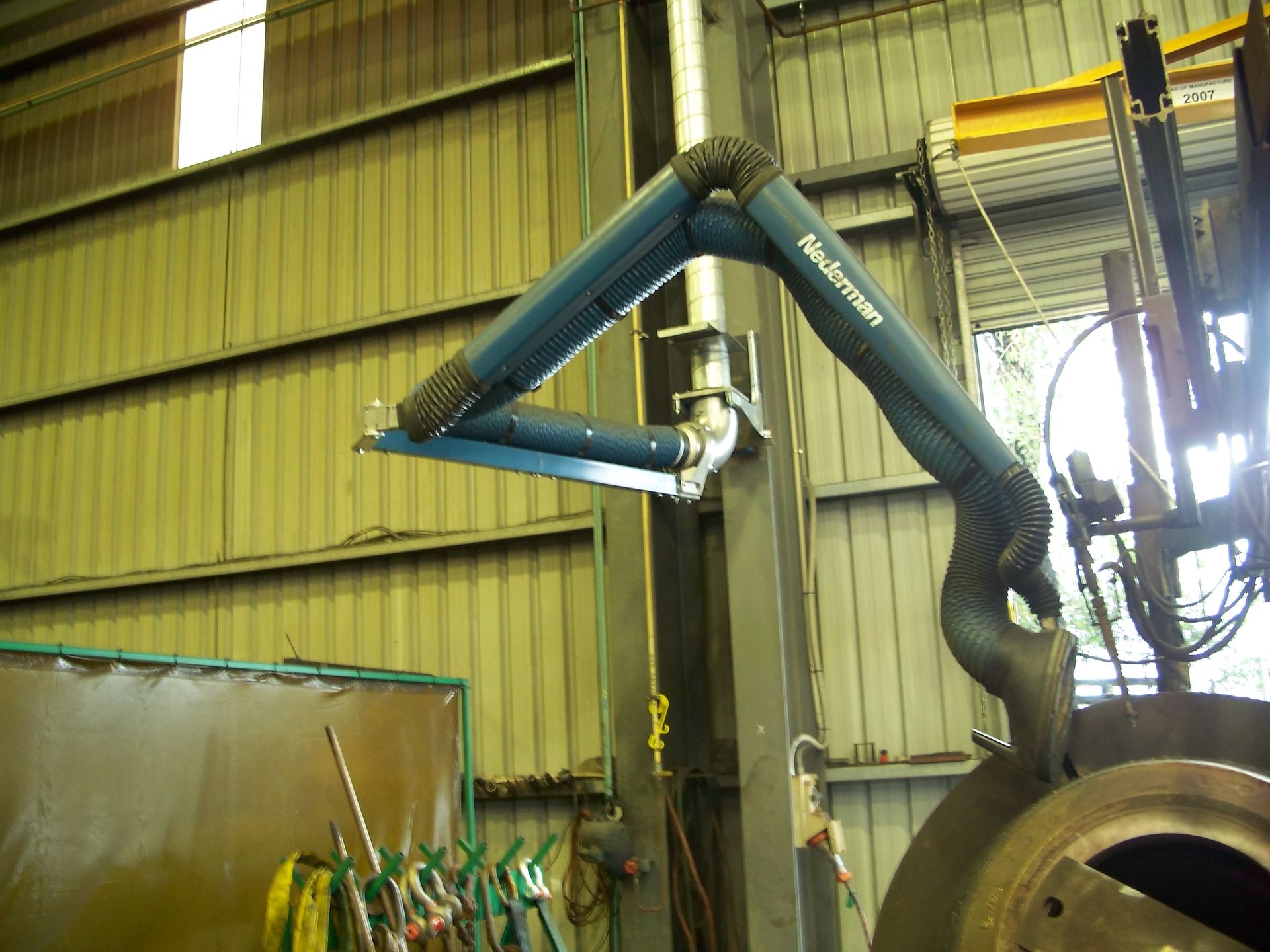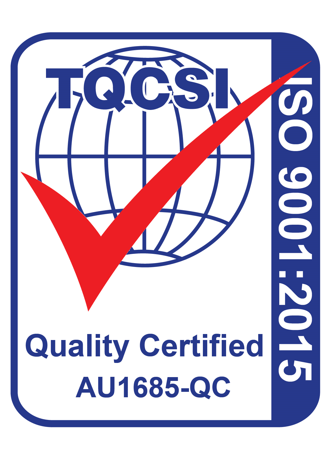Welding Fume Extraction Systems Australia
Australian-made welding and industrial fume extraction systems, expertly designed and built for over 24 years to ensure cleaner, safer work environments.
Protect Your Crew. Protect Your Business.
Hazardous welding fumes put your team’s health at risk and can cost your business in compliance penalties, downtime, and lost productivity. Every weld releases a mix of toxic fumes and airborne contaminants like manganese, aluminium, and lead, substances linked to respiratory issues, lung disease, and other long-term health problems.
Our Australian-made welding fume extraction systems are built to stop those risks at the source. By capturing and removing harmful fumes before they reach the breathing zone, our systems. Leave the workshop a cleaner environment for not only the welders but other employees working in the space
Why Businesses Choose Our Systems
We’ve been building welding fume extraction systems for more than two decades, and our clients trust us because our systems don’t fail. Each one is designed for real-world welding operations, whether that’s TIG welding, MIG welding, or aluminium welding.
- Custom-built in Australia to fit your site and processes
- Fire-safe design to prevent filter fires
- Long-lasting, epoxy-coated finishes
- Options for noise control with silencers and lagging
- Backed by ongoing service and support
When you choose our systems, you’re choosing reliability, compliance, and peace of mind
Below are a few of our standard Pre-Configured Welding Fume Extractors
AF-OXY-BDT
AF-Multiarms-6
AF-Multiarms-10
Fume Extraction Solutions for Every Application
From small fabrication workshops to large industrial sites, we build the right system for your needs. Our range includes portable and centralised welding fume extractors, reverse pulse dust collectors, downdraft and backdraft tables, and custom ducting with extraction arms. Whatever your setup, we’ll design an effective fume control solution that protects workers and improves productivity.
The Payoff for Your Business
Cleaner air doesn’t just keep welders safe, it keeps your whole business moving. A properly designed welding extraction system:
- Reduces downtime caused by health issues or poor air quality
- Improves comfort and focus on the job, boosting productivity
- Protects long-term worker health and reduces risks from prolonged exposure
Investing in a system now means fewer risks, fewer headaches, and better efficiency long term.
Take the First Step Toward a Safer Workplace
Don’t wait until welding fumes become a bigger problem for your business. Our team specialises in custom-built fume extraction solutions that keep your crew safe, your air clean, and your business compliant.
Request a Free Quote Today and find out which system is the best fit for your site.
Advancements in Welding Fume Extraction Technology
Technological advancements have significantly improved the efficiency and effectiveness of welding fume extractors. Our torch MIG welding fume extractor includes features such as automatic start-stop functions, which conserve energy and extend filter life by operating the extractor only when welding is taking place.
Other Applications We Specialise
- Existing system upgrades
- Customisation and consultations
- Downdraft Tables
- Backdraft Tables
- Industrial Powered Roof Ventilators
- Duct is calculated under the equal velocity formula
- Duct installation including special hoods
Why wait any longer? Request a free quote on 02 4953 7112





